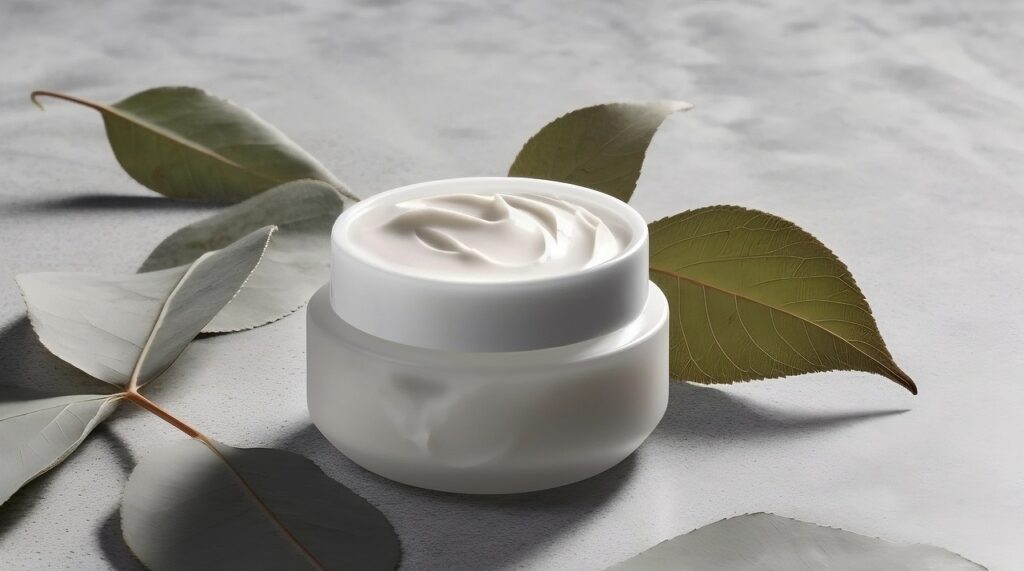Monobenzone is a depigmenting agent used in dermatology, primarily for the treatment of vitiligo. Vitiligo is a skin disorder characterised by the loss of pigmentation in certain areas, leading to the development of white patches on the skin. Monobenzone works by depigmenting the normal skin surrounding the vitiligo-affected areas, helping to achieve a more uniform skin tone.
Here’s how monobenzone is typically used in dermatology:
1. Treatment of Vitiligo:
- Mechanism of Action: Monobenzone inhibits melanin production by irreversibly destroying melanocytes, the cells responsible for producing pigment. This depigmentation process helps to even out the color of the skin by lightening the areas surrounding the depigmented patches of vitiligo.
- Application: Monobenzone is usually applied topically as a cream or ointment. The cream is typically applied to the unaffected, pigmented skin surrounding the depigmented patches of vitiligo. The goal is to gradually lighten the normal skin, making it blend more seamlessly with the depigmented areas.
2. Common Strengths:
- 20% Monobenzone Cream: A common strength used in vitiligo treatment is a 20% monobenzone cream. This concentration is often used to achieve the desired depigmentation effect while minimizing potential side effects.
- Lower Concentrations: In some cases, lower concentrations may be used initially, especially in patients with more sensitive skin, to assess tolerance and minimise the risk of adverse reactions.
Important Considerations:
- Monobenzone should be used under the supervision of a dermatologist, as the depigmentation process needs to be carefully monitored to avoid uneven or excessive lightening of the skin.
- Sun protection is crucial during and after the use of monobenzone, as the treated skin becomes more susceptible to sun damage.
It’s important to note that the use of monobenzone is specific to the treatment of vitiligo, and it is not intended for general skin lightening. The decision to use monobenzone and the appropriate strength should be made by a qualified healthcare professional based on the individual patient’s condition, skin type, and response to treatment. Additionally, the regulatory status of monobenzone may vary between countries. Always follow the guidance and instructions provided by your dermatologist or healthcare provider.

Lane Khin, the compounding pharmacist of My Skin Pharmacy, brings a wealth of knowledge from the worlds of pharmacy and dermatology to the table. With degrees in Pharmacy and Applied Science from QUT, Lane combines a deep understanding of compounding and skincare with a friendly, accessible approach. Through My Skin Magazine, Lane shares her expertise, offering readers practical advice and insights into personalised skincare solutions. Lane has a real passion for helping others achieve their best skin.

